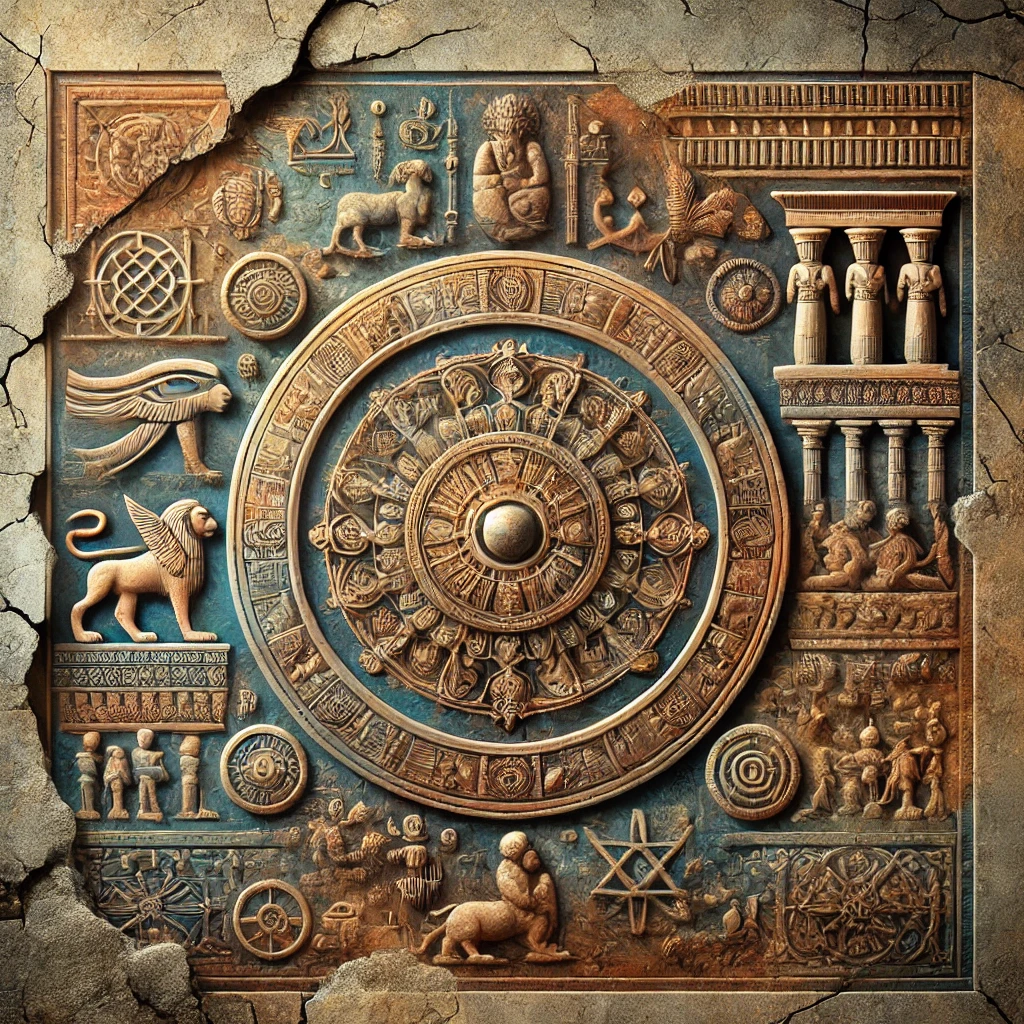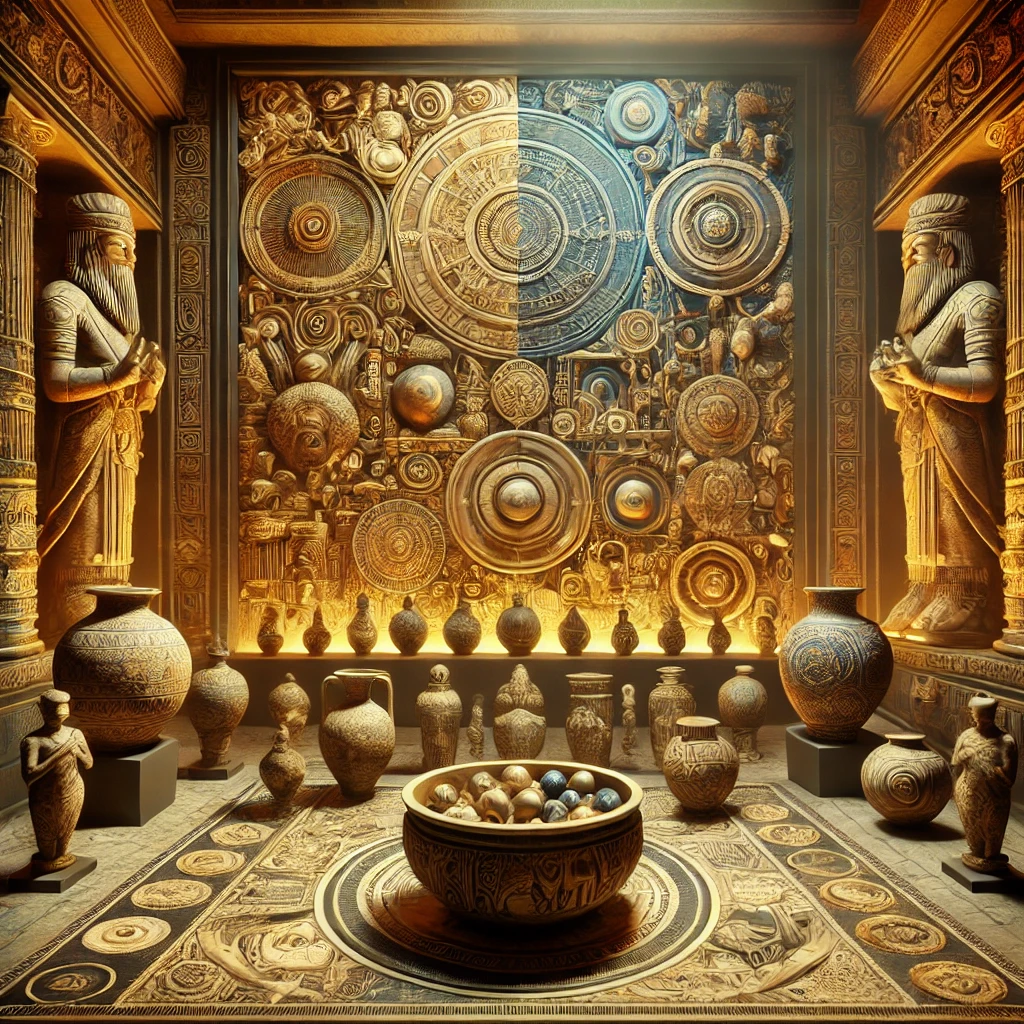Art has always been a mirror of human civilization, reflecting culture, beliefs, and emotions. Among all forms of expression, ancient art stands as a testament to human creativity that transcends time. This blog explores the rich legacy of ancient artz, delving into its history, significance, and influence on modern artistry.
The Origins of Ancient Artz
What Is Ancient Artz?
The term ancient artz encompasses the art forms developed by early civilizations. These include paintings, sculptures, pottery, and architecture created before the Middle Ages. From cave paintings to elaborate temple carvings, ancient art forms have been a cornerstone of cultural identity and storytelling.
Early Expressions of Art
The earliest forms of ancient artz date back to prehistoric times, with cave paintings in regions like Lascaux, France, and Bhimbetka, India. These primitive drawings used natural pigments and depicted scenes of hunting, rituals, and daily life.
Cultural Significance
Ancient art was more than decoration; it was a means of communication and expression. For instance, Egyptian hieroglyphics combined art and writing to narrate stories of gods and pharaohs. Similarly, the Greek Parthenon symbolized the intersection of art, architecture, and philosophy.
The Techniques Behind Ancient Artz
Materials and Tools
The artists of ancient times relied on natural resources like stone, clay, wood, and minerals. These materials were painstakingly shaped using rudimentary tools. The durability of such mediums has allowed many works of ancient artz to survive millennia.
Styles and Symbolism
Each civilization had its unique artistic style. Egyptian art, for example, was highly stylized and symbolic, often depicting figures in profile. In contrast, Greek art emphasized realism and idealized human forms, while Roman art showcased intricate details in mosaics and frescos.
Techniques That Endure
The techniques pioneered in ancient artz, such as fresco painting, relief sculpture, and pottery glazing, laid the groundwork for modern art practices.
Exploring Ancient Artz Across Civilizations
Egyptian Art: A Divine Expression
Ancient Egypt is synonymous with monumental works like the Pyramids of Giza and the Sphinx. The ancient artz of this era focused on themes of divinity and afterlife. Intricate tomb paintings and sculptures were created to honor the gods and guide the deceased in the afterlife.
Greek and Roman Art: Foundations of Western Culture
Greek art introduced concepts of balance and proportion, which were further refined by the Romans. The legacy of these civilizations’ ancient artz can be seen in iconic structures like the Colosseum and the Venus de Milo statue.
Asian Contributions to Ancient Artz
In Asia, the ancient art forms of China, India, and Japan brought unique aesthetics to the global stage. Chinese calligraphy and porcelain, Indian temple carvings, and Japanese ukiyo-e prints are shining examples of ancient artz from this region.
Mesopotamian Art: The Cradle of Civilization
Mesopotamia, often referred to as the “Cradle of Civilization,” contributed significantly to ancient artz with ziggurats, cylinder seals, and cuneiform inscriptions.
The Evolution and Influence of Ancient Artz
How Ancient Artz Shaped Modern Art
The principles of proportion, perspective, and symbolism developed in ancient times continue to influence contemporary art and design. For instance, the Renaissance was heavily inspired by the art and philosophy of ancient Greece and Rome.
Modern-Day Reinterpretations
Artists and architects today draw inspiration from ancient artz to create works that blend traditional techniques with modern aesthetics. From museums to movies, the influence of ancient art is ubiquitous.
Why Ancient Artz Still Matters Today
Cultural Preservation
Studying ancient artz helps us preserve cultural heritage and understand the values and beliefs of past societies.
Education and Inspiration
Art forms like ancient pottery and murals serve as educational tools, inspiring modern artists to explore traditional methods and reinterpret them in innovative ways.
A Universal Language
Art transcends language barriers, and ancient artz serves as a universal means of connecting people across time and geography.
Top Destinations to Experience Ancient Artz
The Louvre, Paris
Home to iconic works like the Venus de Milo, the Louvre offers a glimpse into the grandeur of Greek and Roman art.
The Egyptian Museum, Cairo
This museum houses an unparalleled collection of ancient artz from Egypt, including the treasures of Tutankhamun.
The National Museum, New Delhi
In India, this museum showcases ancient sculptures, paintings, and artifacts from the subcontinent’s rich history.
The Role of Technology in Preserving Ancient Artz
Digital Archives
Technology has made it possible to create digital archives of ancient artz, ensuring its preservation for future generations.
Virtual Reality (VR)
VR experiences allow enthusiasts to explore ancient art sites without physical travel, making these treasures accessible to a global audience.
Restoration Efforts
Advanced imaging and restoration techniques help conserve fragile artworks, ensuring the legacy of ancient artz remains intact.
How to Incorporate Ancient Artz Into Modern Life

Interior Design
Ancient motifs and patterns can add a touch of history and elegance to modern interiors.
Education
Workshops and classes focusing on ancient artz techniques can educate and inspire budding artists.
Collectibles
Collecting artifacts or reproductions allows art enthusiasts to bring a piece of history into their homes.
Conclusion
The enduring charm of ancient artz lies in its ability to connect us with our past while inspiring our future. From the intricate carvings of ancient temples to the timeless elegance of Grecian statues, these works are more than art—they are a bridge to understanding human history and creativity.
As we continue to explore and preserve ancient artz, we not only honor the legacy of our ancestors but also pave the way for new artistic expressions. Let this journey through timeless creativity inspire you to delve deeper into the world of ancient art and its profound influence on modern life.
This blog not only celebrates the beauty of ancient artz but also ensures a reader-friendly, SEO-optimized format that captures the essence of this timeless subject.

